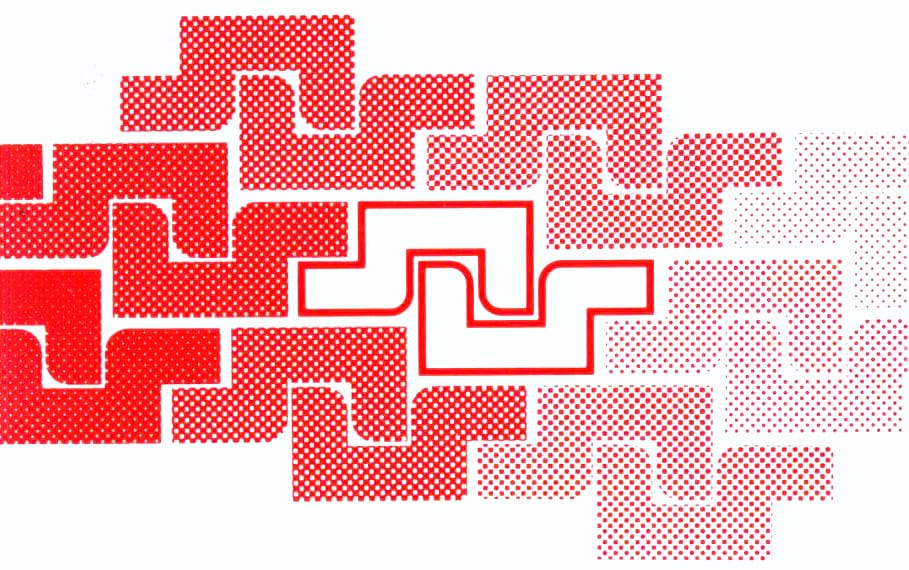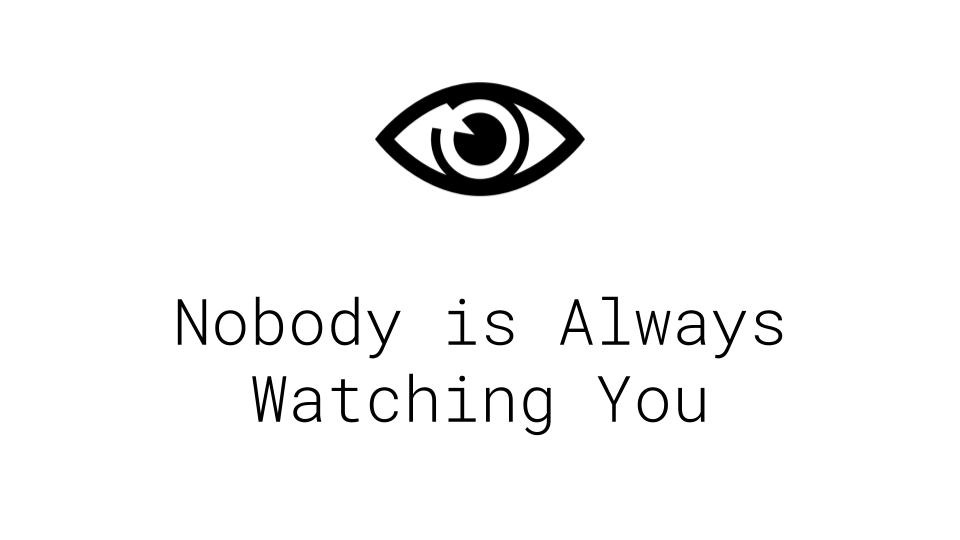Timelines, Whales, and Breaches
Do we imagine the past the way we imagine the future?

This week I’m thinking about timelines and whale watching.
In New England, any seaside town might have a whale watching tour on offer. The boat does a few laps and on miraculous occasions a whale comes to the surface, and a nautical paparazzi frenzy explodes until it descends.
Birdwatching is similar, especially the passive kind. You go where you expect birds to be, wander with binoculars, and wait for a bird to arrive at the same place that you are.
If the whale is beneath you, or the bird 10 feet further away, it never registers. The photos go untaken, the bird census box goes unchecked.
History works in the same way.
Two years ago I was working with ECAL staff and students to create a timeline of the World Wide Web for Infomesh. Singular, specific dates were crucial to that history. But calendar dates are only a “surfacing” point for history. It's the bird that shows up in the patch of woods you’re standing in. An archive can only document those breaches, but history goes on beneath the sea. The people, things, and experiences we don't look at do not make it into history.
Today I’m in the midst of a design project reimagining archives. An archive is a collection of artefacts from lost time. We connect these breadcrumbs through imagination: deduction, inference, and speculation. A photograph, document, or date is only a glimpse into the denser living that occurs around them. They are breaches.
Likewise, when humans try to predict where birds or whales might appear, it's an act of imagination. The best of us draw from patterns of the past. We're mindful that birds and whales may repeat themselves, but never make appointments. We think beneath the surface. We study complex systems that guide birds and whales to their next breach.
Can we imagine the future in the same way we imagine the past? Maybe. If we look at what’s underwater, behind trees, and in our heads, we might anticipate the breaches that emerge.
For example, instead of looking back at the Web's creation in 2019, what if there was no Web? What if I had to imagine its history before it happened? In 1904, Mark Twain wrote a short story about a prisoner who asks for internet access. He spends his days surfing social media on what Twain called a “Telectroscope” —
“…day by day, and night by night, he called up one corner of the globe after another, and looked upon its life, and studied its strange sights, and spoke with its people, and realized that by grace of this marvelous instrument he was almost as free as the birds of the air, although a prisoner under locks and bars. He seldom spoke, and I never interrupted him when he was absorbed in this amusement. I smoked on, and read in comfort, while he wandered about the remote underworld, where the sun was shining in the sky, and the people were at their daily work.”
This week’s links are about relationships between technology and imagination. Where does imagination come from? How does imagination shape technology, and how does technology shape the imagination?
Things I am Doing:

Nobody is Always Watching You: From Big Brother to Big Data
I wrote a keynote for the UM Farmington New Commons Project, tracing the pathways of AI and surveillance technologies from the time Orwell wrote “1984” to today. It’s written for a non-technical audience, and there’s a live q&a session on February 10 at 7pm (EST).
Things I am Reading:
- Telling Stories: On Culturally Responsive Artificial Intelligence
University of Washington's Tech Policy Lab
Rather than waiting to respond to the next big breach, art and imagination are one way of going underneath. Rather than a policy report, UW has produced a collection of 19 short, accessible parables about AI from around the planet. I haven't read it all, but it promises to “delve into AI’s cultural impacts with hesitation and wonder. Authors … vividly recount the anticipated influences of AI on love, time, justice, identity, language, trust, and knowledge through the power of narrative.”
- Do Digital Games Promote Capitalism?
Silvester Buček, Alfie Brown
Please disregard the title. First question here is: “If playing games is like dreaming, is it our dream or is it the dream of someone else?” and it gets better. The thesis: mobile gaming has stopped rewarding play, and started simulating productivity. Whose imagination connects our dots? (If you’re looking for something more hardcore, Regina Seiwald looks at games as explicitly anti-communist).
- Are We the Cows of the Future?
Esther Leslie
When I first read about VR goggles for cows I was amused and annoyed. Esther Leslie's essay in the NYTimes made me sad instead, showing us the gaps technology introduces to the way we imagine nature. In a similar vein, Ali Alkhatib writes about a “scientific forestry” experiment that simplified the complexity of nature into something rational and reasonable, and how a bit of imagination could have stopped a disaster. Read about what happened, and how it relates to today's data science practices.
A bit of reading on the idea of a non-human imaginary: how might we dream up systems where trees are at the center? This is an academic paper looking at “some of the emerging practices, infrastructures, and devices that are used to render trees experienceable, sensible, and relatable through digital data.” (H/t to Jo-Anne Green @ Turbulence).
“I was interested in this idea of … art produced not by human beings, but by devices and the natural processes and nonhuman beings they sense, and what that tells us about the world around us.”
The Kicker:
Did you know Wikipedia has a timeline of the future?
Thanks for being part of the newsletter from day one. I hope it gave you some fresh ways to think about things — and that you will bear with me as I adjust and modulate! Suggestions welcome — e-mail me at eryk.salvaggio at gmail or find me on Twitter.
Please do share the link with friends through the button below if you think they’d enjoy it.
See you next week!





